Quantum Sensing with Atoms and Light Group (Institute of Science and Technology Austria)
The first quantum revolution yielded lasers and transistors more than half a century ago. These days, a second quantum revolution is unraveling, yielding new quantum-enhanced technologies for information processing, communications and sensing. The Hosten group is interested in developing new protocols and techniques in the sensing branch of these developments using cold atoms and light.
